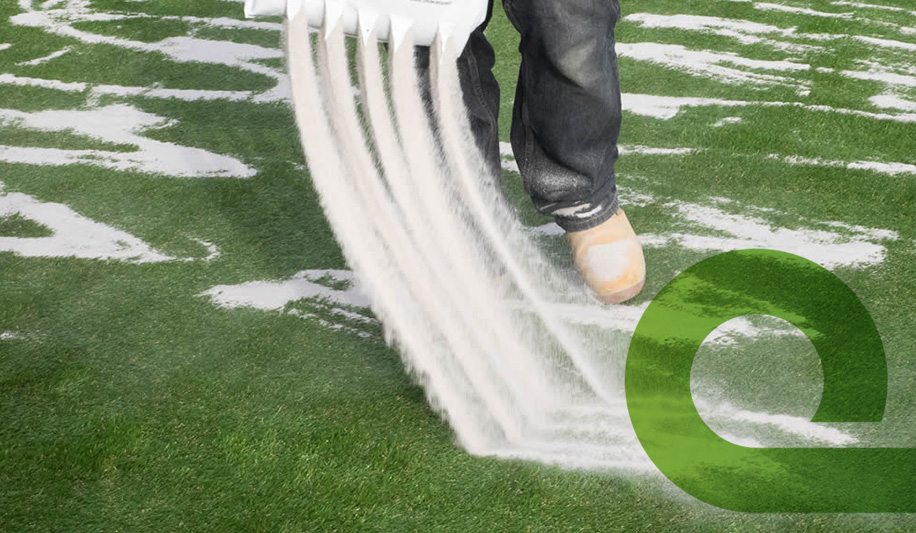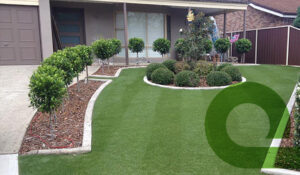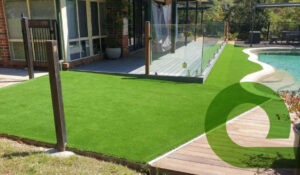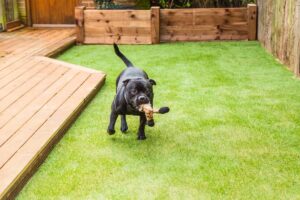Are you considering using kiln-dried sand infill for your artificial grass, but unsure if it’s the right choice? Look no further – we’re here to provide you with all the information you need to make an informed decision.
Artificial grass was originally developed for sports pitches, where heavy use made it difficult to maintain natural grass. As a result, silica sand and rubber crumb infills were used to provide extra durability and support. Over time, artificial grass became popular in backyards, and sand infill became the norm for installers.
However, as the artificial grass industry has become more competitive, some manufacturers and installers have started to offer non-infill options or advise customers to skip the sand infill altogether to reduce costs. This has led to a debate over whether sand infill is necessary or not.
In this article, we’ll explore the benefits and drawbacks of using kiln-dried sand for your artificial grass. We’ll also answer some common questions, such as whether it’s suitable for pets, how to maintain it, and more. So whether you’re a homeowner looking for a lush green lawn, or a landscaper seeking the best solution for your clients, read on to discover the truth about kiln-dried sand infill for artificial grass.
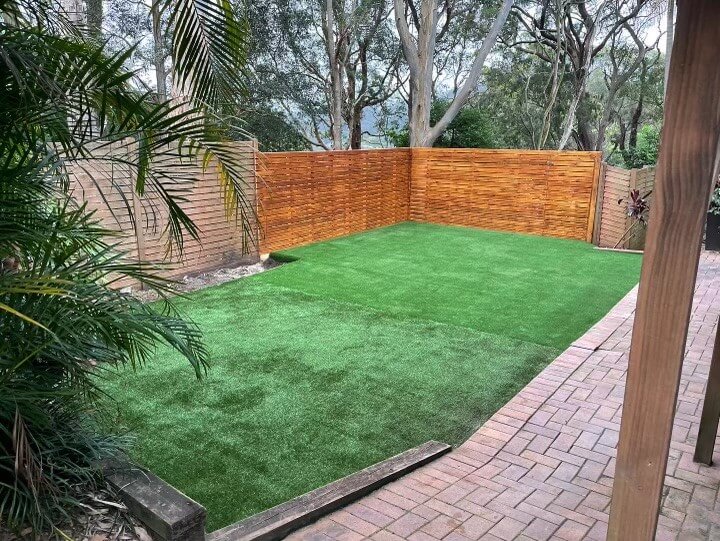
Should You Use a Sand Infill for Artificial Grass?
Well, we’re here to tell you that the short answer is a resounding yes!
While some types of artificial grass claim to be “non-infill,” they still require a sand infill to improve the way they look and perform. Plus, using a sand infill will help your artificial lawn last longer.
Sure, skipping the sand infill might save you some money upfront, but it’s important to see your artificial lawn as an investment in your property. If you cut corners during installation, you’ll end up with a low-quality lawn that won’t last long or look great.
The whole point of artificial grass is to have a stunning, mud-free lawn that requires minimal maintenance. But if you don’t use a sand infill, you’ll miss out on all those benefits and waste your hard-earned cash.
To get the most out of your artificial lawn, we highly recommend using a silica sand infill. Here are 10 benefits of doing so:
Helps blades stand upright, making the grass look more natural
Kiln-dried sand helps to keep your grass looking natural. By filling the space between the blades of grass, it helps them stand upright, giving your lawn a fuller, more realistic look. No more flat, lifeless-looking artificial grass!
Improves drainage, reducing the risk of flooding and water damage
One of the key benefits of using kiln-dried sand as an infill is its ability to improve drainage. This reduces the risk of flooding and water damage to your property. When it rains, water can quickly drain through the sand and away from your lawn, keeping it looking great for years to come.
Provides a softer feel underfoot
Artificial grass can sometimes feel hard underfoot, especially if it’s installed directly onto concrete. Kiln-dried sand helps to provide a softer feel underfoot, making it more comfortable to walk, play or relax on.
Helps prevent weeds from growing through the grass
Nobody likes weeds popping up in their lawn, and kiln-dried sand can help prevent this from happening. By filling the gaps between the blades of grass, it makes it harder for weeds to take root, keeping your lawn looking tidy and weed-free.
Improves heat dissipation, making the grass cooler to the touch
In hot weather, artificial grass can become uncomfortably hot to walk on. Kiln-dried sand helps to improve heat dissipation, making the grass cooler to the touch, even on the hottest days.
Reduces the risk of wrinkles and creases in the grass
Artificial grass can sometimes develop wrinkles and creases, especially if it’s installed improperly. Kiln-dried sand helps to reduce this risk by keeping the grass firmly in place, preventing it from shifting or bunching up.
Increases fire resistance
Another benefit of kiln-dried sand is that it can increase the fire resistance of your lawn. It acts as a barrier between the blades of grass, slowing down the spread of flames in the event of a fire.
Helps prevent the grass from fading due to UV rays
Over time, exposure to UV rays can cause artificial grass to fade and lose its colour. Kiln-dried sand helps to prevent this from happening by protecting the fibres from the sun’s harmful rays, keeping your lawn looking vibrant and lush.
Makes the grass more pet-friendly by reducing odours and improving drainage
If you have pets, you’ll be pleased to know that kiln-dried sand can make your artificial grass more pet-friendly. By improving drainage and reducing odours, it makes it easier to clean up after your furry friends and keeps your lawn smelling fresh.
Increases the lifespan of your artificial lawn
Finally, using kiln-dried sand as an infill can significantly increase the lifespan of your artificial grass. It helps to keep the blades of grass in place, reducing wear and tear, and keeping your lawn looking great for years to come.
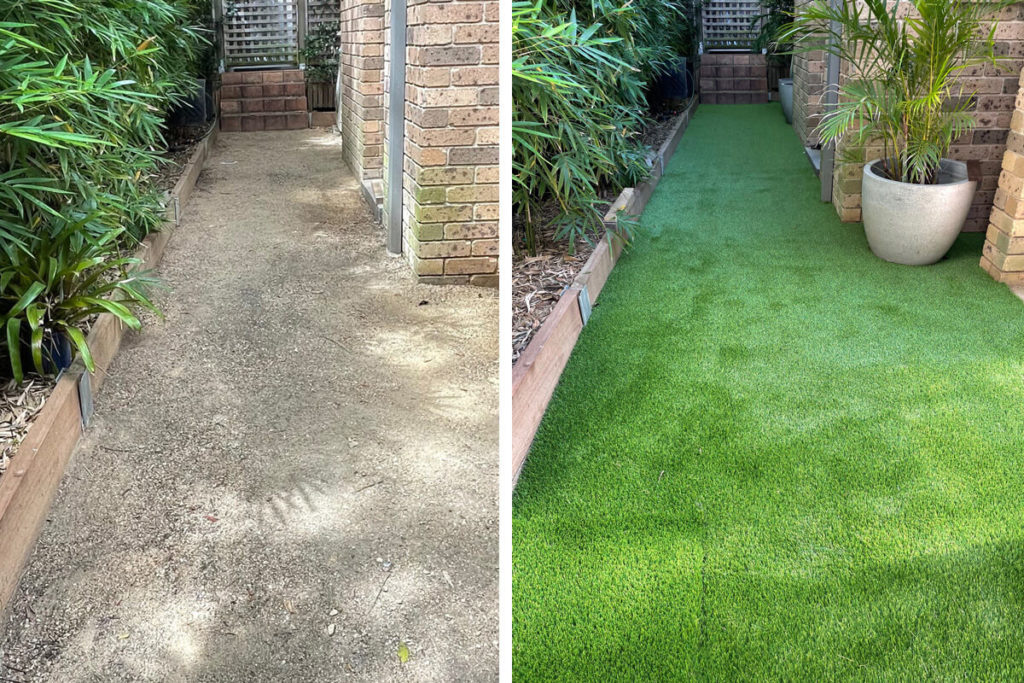
Installing Sand Infill for Artificial Grass
To install sand infill on your artificial grass, make sure the turf is completely dry and free of moisture. This is crucial to prevent clumping of the sand, which can make it difficult to distribute evenly.
The easiest way to apply sand infill is by using a seed or drop spreader. Simply pour kiln-dried sand into the dispensing bucket and push the spreader up and down your lawn to distribute the sand evenly.
Alternatively, you can cut small holes in the bottom of the sand bag with a knife to control the flow of sand as you pour it onto the lawn.
After spreading the sand, use an artificial grass rake, stiff broom, or mechanical brush to brush the fibers. This will help the sand settle at the bottom of the pile.
For quick and easy brushing, use a mechanical brush like the Stihl MM 55. However, a cheaper artificial grass rake or stiff broom will also work effectively.
Finally, use a leaf blower to remove any excess sand from the surface.
For more information about how to install artificial grass, check out our installation guide.
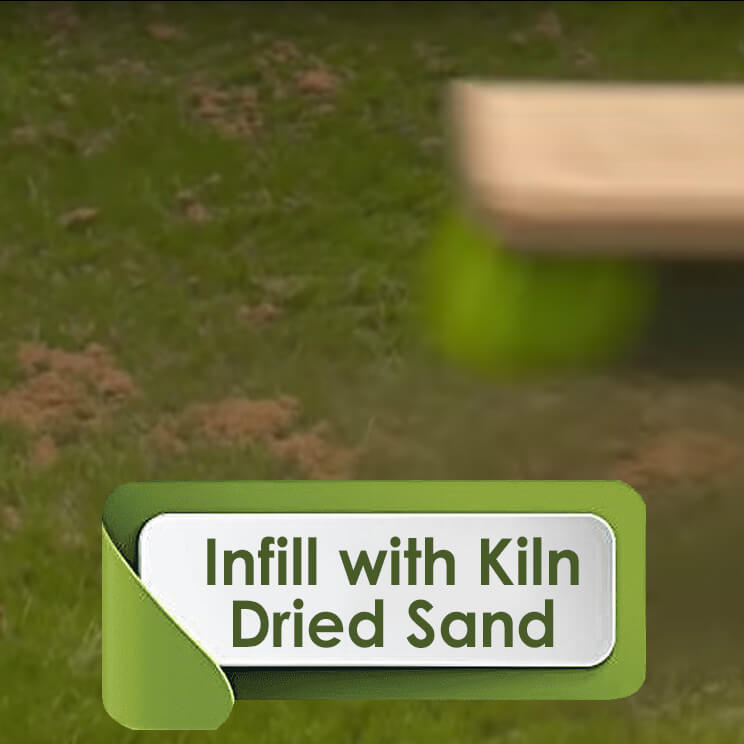
How Much Sand Infill Should You Install on Your Artificial Lawn?
For optimal results, we suggest applying approximately 4kg of sand per square metre of artificial grass. This amount is sufficient to add weight to the turf, enhancing its stability and increasing its durability.
Applying the recommended amount of sand infill is an important step in ensuring the longevity of your artificial grass. So, take advantage of our calculator tool to make sure you have the right amount of sand for your project.

Will A Sand Infill Stick to My Feet?
There is a widespread rumor among some installers and manufacturers who advise against using sand infill for artificial grass. This claim is made to reduce installation costs, but it can have negative consequences on the final outcome.
However, we strongly recommend applying the recommended amount of 4kg of sand per square metre of artificial grass to achieve the best results. When properly installed, the sand will not be visible, and it will not be walked out of the grass due to its coverage by the fibers.
Instead, the sand will sit beneath the surface of the thatch, resting on the latex backing. As you walk on the turf, your feet will come into contact with the artificial fibers, not the sand. Thus, there will be no sand sticking to your feet or your pets’ paws.
By using the recommended amount of sand infill, you’ll ensure a long-lasting and stable artificial grass installation. So, don’t hesitate to follow our advice and enjoy the benefits of a properly installed turf.
Where Do I Buy Kiln Dried Sand for Artificial Grass?
To put it simply, you can buy kiln dried sand from Eastcoast Synthetics.
Conclusion
The debate over whether to use a sand infill for artificial grass has been ongoing for several years, with no end in sight. However, the practice of applying silica sand to artificial grass has been tried and tested over many years, and it has proven to be a reliable method for enhancing the performance and longevity of artificial grass in various applications.
The benefits of using a sand infill are numerous, and the only disadvantage is the additional cost it incurs during installation. However, this cost is a small fraction of the overall investment and is heavily outweighed by the advantages.
Some manufacturers and installers may suggest skipping the sand infill to save costs. However, this recommendation is based solely on cost savings and is not a valid reason for omitting the infill. High-quality artificial grasses also require a sand infill to perform at their best.
Artificial grass is a significant investment in your property, and it’s crucial to ensure it lasts long into the future to provide good value for your money. A sand infill can help protect this investment and prolong the life of your artificial lawn.
We hope this article has provided useful insights and helped answer some of the questions you may have had about deciding whether to use a sand infill. Don’t hesitate to consult with a professional to help you make an informed decision about your artificial grass installation.

